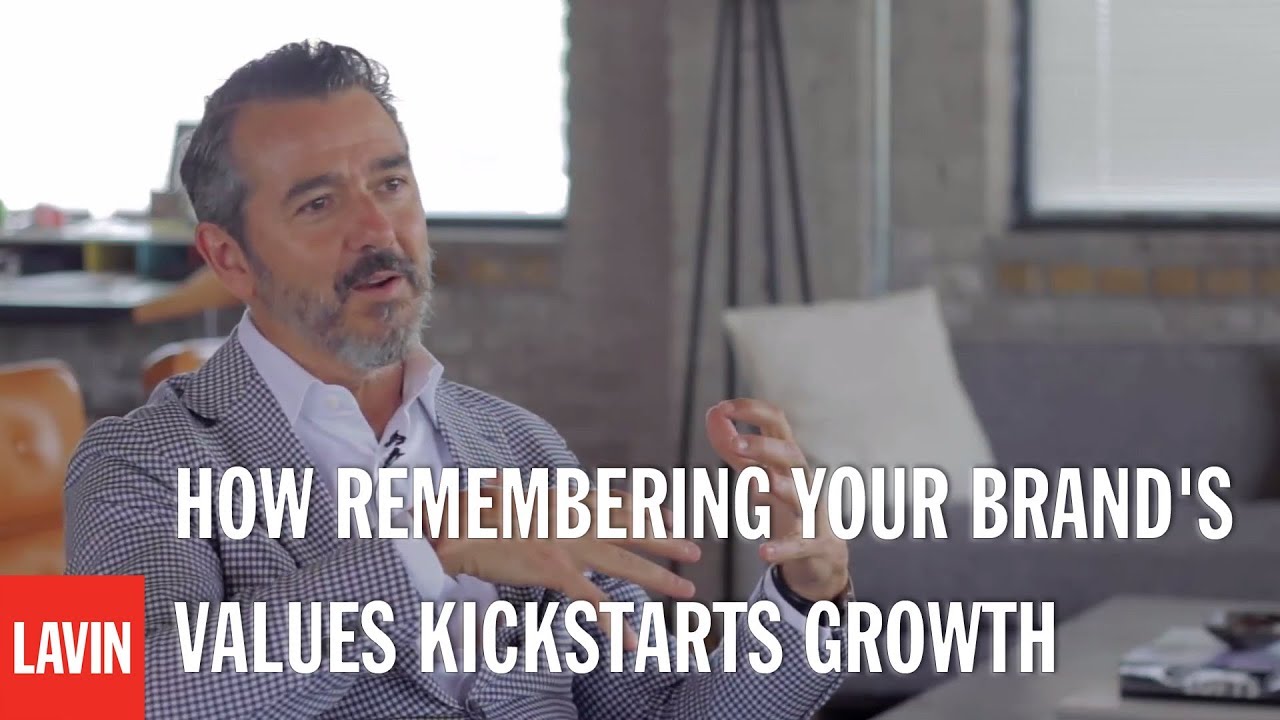Understanding Speaker Branding Strategies in 2024
In today’s dynamic landscape, speaker branding strategies take on monumental significance. Gone are the days when public speaking was confined to physical stages; we’ve transcended into a digital era brimming with webinars, social media broadcasts, and virtual summits. As we move into 2024, carving out a unique speaker brand is pivotal. Your brand embodies your unique voice, message, and the emotional cord you strike with your audience. Implementing solid speaker branding strategies positions you as a thought leader and influencer in a saturated market.

Crafting Your Unique Speaker Identity
Your speaker identity forms the bedrock of your brand. It captures your personality, communication style, and subject-matter expertise. Take Brené Brown, for instance. Her authenticity and focus on vulnerability deeply resonate with audiences. Consider Jordan Peterson, whose blend of clinical psychology and philosophy forges a unique niche. Reflect on your own experiences, skills, and passions. This introspective approach helps you craft an identity that stands out amidst the din.

| Strategy | Description | Tips & Benefits | Implementation Date/Timeframe |
| Unique Value Proposition (UVP) | Identify what makes you unique and valuable as a speaker. Focus on your expertise, experiences, and skills that set you apart from others. | Tips: | Ongoing |
| – Reflect on personal strengths and audience needs. | |||
| Benefits: | |||
| – Clear differentiation from competitors. | |||
| Consistent Content Sharing | Regularly generate and share content showcasing your expertise. This can include blogs, videos, podcasts, and social media posts. | Tips: | Ongoing |
| – Schedule content sharing consistently. | |||
| Benefits: | |||
| – Builds authority and trust with your audience. | |||
| Audience Engagement | Actively engage with your audience through comments, social media interactions, and live Q&A sessions. | Tips: | Ongoing |
| – Personalize interactions to build deeper connections. | |||
| Benefits: | |||
| – Enhanced audience loyalty and participation. | |||
| Strong Online Presence | Develop an engaging and professional website, maintain active social media profiles, and create an impressive online portfolio. Choose platforms that resonate with your target market. | Tips: | Implemented by Mar 18, 2023 |
| – Invest in professional designs and regular updates. | |||
| Benefits: | |||
| – Establishes credibility and aids in global reach. | |||
| Networking | Build and maintain strong professional relationships both online and offline. Attend industry events, join relevant groups, and collaborate with others. | Tips: | Ongoing |
| – Be proactive in seeking new connections and partnerships. | |||
| Benefits: | |||
| – Increased visibility and career opportunities. | |||
| Sound Branding | Utilize strategic sound elements like sonic logos, soundscapes, jingles, brand songs, IVR music, voiceovers, and UI sounds to create a memorable audio identity. | Tips: | Implemented by Apr 4, 2023 |
| – Collaborate with audio branding experts. | |||
| Benefits: | |||
| – Enhances brand recall and provides a consistent auditory experience. |
Content Consistency and Quality
Consistency and quality are the linchpins of successful speaker branding strategies. Simon Sinek consistently preaches his “Start With Why” philosophy across all talks, reinforcing his brand’s foundation. Regularly updating your blog, social media, and podcasts, as Mel Robbins does with her ‘5 Second Rule,’ ensures your audience sees you as a dependable source of insightful content. Stay consistent and committed to delivering value.

Leveraging Social Media Platforms
In 2024, no speaker can afford to overlook social media. Look at Gary Vaynerchuk. He maximizes platforms like Instagram, LinkedIn, and TikTok to share daily insights and engage with followers. His relatable posts and frequent interactions foster a strong personal brand. For speakers, it’s crucial to produce engaging, shareable content consistently and be genuinely interactive with your audience.

Building an Engaging Online Presence
A compelling online presence goes beyond social media. Your website and online portfolio are critical. Consider Tony Robbins, whose website is a treasure trove of resources, showcasing seminars, books, and coaching programs. A sleek, user-friendly website not only boosts your credibility but also serves as a central hub for your audience. If you want to learn more about effective speaker marketing techniques, This link has valuable information.

Networking and Collaborating with Other Influencers
Collaborations considerably amplify your reach and credibility. Observe Malcolm Gladwell, who frequently collaborates with intellectuals on Tim Ferriss podcasts. Such strategic partnerships enhance your message and tap into new audiences. Attend speaking conferences, join professional networks, and pursue co-creation opportunities with influencers in similar niches. These connections can elevate your visibility and impact.
Utilizing Speaking Gigs and Events
Speaking engagements, both physical and virtual, offer robust avenues for solidifying your brand. Elizabeth Gilbert’s participation in TED talks significantly amplified her recognition. Securing speaking slots at industry conferences, academic seminars, or virtual summits positions you as a thought leader in your field. Explore opportunities that align with your expertise to make meaningful impressions.
Continuous Learning and Adaptation
The speaking industry is continually shifting, necessitating ongoing learning and adaptation. Jay Shetty, renowned for his motivational speaking, stays ahead by adapting to the changing preferences of his audience. Keeping up-to-date with industry trends and continually refining your strategies is essential. Invest in courses, workshops, and self-study to stay relevant. Unlock the secrets to becoming a successful keynote speaker here.
Authentic Connection with Your Audience
Authenticity is the linchpin of effective speaker branding strategies. Oprah Winfrey’s empathetic connection with her audience stems from genuine interaction. Authenticity fosters trust and loyalty, rendering your message impactful. Engage personally with your audience, share your stories, and listen genuinely to their feedback to build deep connections. The story of Stuttering John serves as a testament to the power of authentic communication.
Innovative Strategies for Continuous Growth
Evolving your speaker brand calls for innovative thinking and adaptability. Employing AI-driven tools for personalized audience engagement or creating immersive virtual experiences can distinguish your brand. Embrace technological advancements, experiment with new content types, and welcome feedback to enrich your speaker brand continually.
Ultimately, mastering speaker branding strategies in 2024 revolves around building a unique identity, delivering consistent value, and forging genuine connections with your audience. By adopting these strategies, you can establish a compelling and influential speaker brand that leaves a lasting impact. For those transitioning into a speaking career, consider exploring This resource for further guidance.
By focusing on your unique value proposition, sharing expert content consistently, and engaging across multiple platforms, you can build a strong brand that resonates. Embrace sound branding with strategic audio elements to carve out a memorable presence. Invest in networking to develop and enhance your visibility. Stay current with trends and be adaptable—it’s key to lasting success in public speaking.
Speaker Branding Strategies: Build Unique Value
Cultivating a Compelling Presence
Speaker branding strategies are essential for anyone who wants to captivate audiences and create lasting impressions. One often overlooked approach involves integrating personal interests and passions. For instance, consider how Jill Warricks deep dive into interactive storytelling has made her a standout speaker. By sharing her expertise through engaging tales, she connects with audiences on a much deeper level.
Unexpected Connections
Intriguingly, elements that seem unrelated to speaking can actually bolster your brand. Take for example, the collecting of Rei plush toys. This quirky hobby can be a great conversation starter, making you more relatable and memorable. The unexpected connections you build with your audience through shared interests can work wonders for your reputation.
Staying Ahead in Financial Talks
You might wonder how discussions about financial topics, such as interest rates For Mortgages, can be engaging. However, savvy speakers leverage current economic trends to keep their talks relevant. They weave in timely trivia such as the latest current interest rates For mortgage to provide audiences with practical, up-to-date information.
Every speaker has a unique story to tell and branding is all about showcasing that story in a compelling manner. Whether it’s sharing the story behind a lifelong collection or connecting with current events, effective speaker branding strategies help you carve out a distinctive niche in the speaking circuit. Employing these tactics ensures your name is not easily forgotten.

What are the four 4 types of branding strategies?
Sure thing! Here you go:
How do you brand yourself as a speaker?
Branding strategies typically include product branding, corporate branding, service branding, and personal branding. Each one focuses on creating a unique identity and differentiating itself in its particular market.
What is the sound branding strategy?
To brand yourself as a speaker, it’s important to identify what makes you unique, consistently share content that highlights your expertise, and actively engage with your audience across different platforms. Networking both online and offline also plays a crucial role in building your brand.
How do I market myself as a speaker?
Sound branding uses specific audio elements like sonic logos, jingles, soundscapes, and UI sounds to create a memorable brand identity. These audio assets make your brand instantly recognizable and help reinforce your brand’s message.
What are the 3 C’s of branding?
Marketing yourself as a speaker involves building a strong online presence with a professional website, active social media accounts, and a compelling online portfolio. Engage with your target audience on platforms they frequently use to build credibility and attract speaking opportunities.
What are the 4 C’s of brand strategy?
The three C’s of branding are Clarity, Consistency, and Constancy. Ensure your brand message is clear, maintain a uniform presence across all touchpoints, and keep your brand active and engaging to your audience.
How do I price myself as a speaker?
The four C’s of brand strategy are Customer, Cost, Convenience, and Communication. These elements focus on understanding your customers, managing costs, making it easy for customers to access your product, and keeping open communication channels.
How to market a Keynote speaker?
Pricing yourself as a speaker depends on your experience, the value you offer, and the market rate. Consider factors like preparation time, travel, and the event’s scale, and then set a competitive yet fair price that reflects your expertise.
How do you become a popular speaker?
Marketing a keynote speaker starts with showcasing their expertise through a professional website and active social media presence. Highlight previous speaking engagements, testimonials, and media features to build credibility and attract event organizers.
What is an example of audio branding?
Becoming a popular speaker involves honing your speaking skills, consistently delivering valuable content, and actively networking. Engaging with your audience, asking for feedback, and continuously improving your presentations can also help make you more popular.
What is the best branding strategy?
An example of audio branding is the Intel jingle. It’s a short, memorable sound that instantly brings the brand to mind. Another is the McDonald’s “I’m Lovin’ It” jingle, which reinforces their advertising message.
What are three common brand strategies?
The best branding strategy varies depending on your goals and market, but a successful one usually involves understanding your audience, differentiating yourself from competitors, and consistently delivering on your brand promise.
What are the 4 models of branding?
Common brand strategies include creating a strong brand identity, maintaining brand consistency across all platforms, and developing a deep connection with your customers. These help build trust and loyalty over time.
What are the four 4 branding components?
The four models of branding are Product Branding, Corporate Branding, Service Branding, and Retail Branding. Each focuses on different methods to establish a brand’s unique identity and relationship with its market.
What are the 4 P’s of branding?
The four branding components are Brand Identity, Brand Positioning, Brand Personality, and Brand Experience. Together, they create a cohesive image and perception of your brand in the minds of consumers.
What are the 4 four strategy elements?
The four P’s of branding are Product, Price, Place, and Promotion. These elements help shape how your brand is perceived and ensure your product reaches the right audience at the right time and price.

















